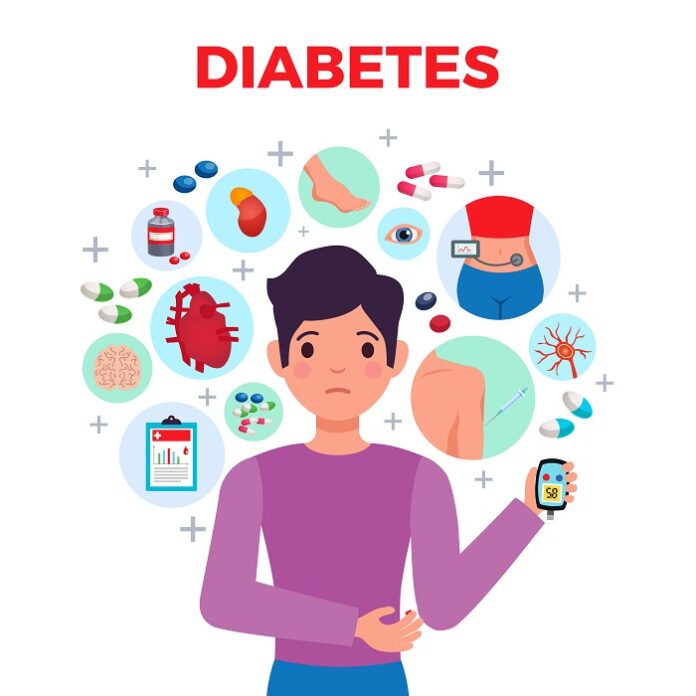Diabetes has become the leading cause of death in Mumbai, with fatalities steadily increasing over the past decade. From 2014 to 2022, diabetes accounted for 91,318 deaths, including 14,207 in 2022 alone, a sharp rise from 2,544 in 2014, according to a report titled ‘Status of Health Issues in Mumbai’ by the Praja Foundation. The report also attributes 79,384 deaths to respiratory illnesses, which are linked to worsening air quality, and 45,676 deaths to tuberculosis during the same period.
The foundation has called for the implementation of urban planning guidelines by the Ministry of Housing and Urban Affairs (MoHUA) to address non-communicable diseases like diabetes. These guidelines recommend a minimum of 10 square meters of open space per person to promote public health, physical activity, and overall well-being. However, Mumbai’s Development Plan (2014–2034) proposes just 3 square meters per person, highlighting the need for more open spaces, according to Praja’s CEO, Milind Mhaske.
Dr. Rajiv Kovil, state secretary for the Research Society for the Study of Diabetes in India, emphasized that the reported death figures only represent a fraction of the problem. He noted that many deaths indirectly linked to diabetes, such as those caused by infections where diabetes is a contributing factor, are not accounted for. Dr. Kovil also highlighted that diabetes is largely a lifestyle-related condition, and both its incidence and mortality can be reduced with appropriate measures. He has advocated for policy changes, such as imposing taxes on unhealthy foods to make them more expensive, while promoting healthier alternatives at affordable prices.
As reported by Times of India, the report also points out significant gaps in the city’s healthcare infrastructure. While the health budget has increased by 98% over the past six years, long-standing issues persist. For example, the MoHUA’s Urban & Regional Development Plans recommend one dispensary for every 15,000 people, but there is only one public dispensary for every 40,143 residents. Mumbai needs 838 dispensaries, but only 313 are available. The report also highlights the need for more healthcare facilities in the eastern suburbs, where 51% of the population lives in slums. Most dispensaries, including BMC’s Aapla Dawakhana, are concentrated in the city and western suburbs, where slum populations make up 24% and 43%, respectively.
However, civic health officials have disputed the report’s findings, stating that dispensary locations are based on assessments of need. They also noted that private clinics are present in slum areas, which reduces the need for additional public health facilities.
























